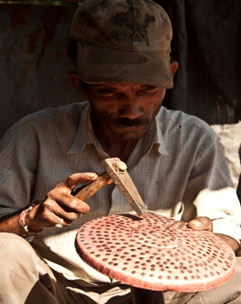
Tamta craft is a distinct and traditional form of metalwork practised largely by the Tamta community in Uttarakhand's Almora district. This art involves the creation of several brass and copper products and has a long history that is deeply rooted in the region's cultural heritage. The industry has a long history, dating back to the 16th century when coppersmiths from Rajasthan moved to the region. Tamta Bazaar in Almora is crowded with buyers trading for copper items (especially water filters). Melting, casting, sculpting, engraving, and polishing are some of the steps in the process. The availability of cheaper, mass-produced alternatives, and growing raw material costs, pose threats to the craft.
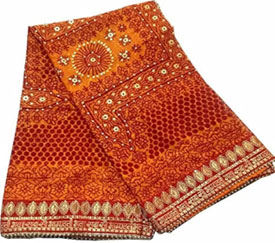
Pichora (also Pichhora or Pichhaura) is a traditional textile from Uttarakhand. This cloth has cultural and religious importance, and it is linked with Kumaoni women, especially at important events and festivals. Traditionally, Pichora is fashioned from a white or off-white fabric, usually cotton or silk, serving as a good background for the detailed motifs. The cloth uses bright colours like red, yellow, and orange. The sun, moon, swastikas, flowers, and other geometric patterns represent wealth, fertility, and divinity. The designs are often made using traditional block printing processes, where wooden blocks are carved with beautiful patterns and dipped in natural dyes. The craft faces issues like competition from mass-produced fabrics and a popularity decline among younger generations. Efforts are being made to support artists with training, financial help, and market access.
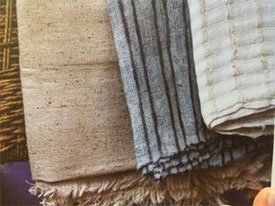
Uttarakhand's nettle fibre craft is a unique and sustainable textile heritage practised in the state's Kumaon and Garhwal districts. This plant is also called Bichhu Buti (meaning "scorpion plant"). The plant grows extensively in the wild. The young shoots, leaves, and flower buds of the nettle plant can be consumed after proper preparation. Nettle fibre craft shows the local culture's ecological methods and strong connection to nature. Weaving patterns can range from basic to complicated depending on the usage. Natural dyes generated from plants, insects, and minerals are used to dye yarn in brilliant colours. The extraction and processing of nettle fibre are labour-intensive, limiting large-scale manufacturing. Artisans often face difficulties in reaching larger markets and competing with mass-produced textiles.
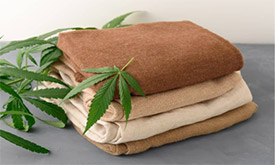
In Uttarakhand, hemp fibres initially made ropes, strings, and coarse clothes. Hemp's strength and durability make it an invaluable resource for many applications. Uttarakhand became India's first state to legalise hemp farming in 2018. Hemp clothing is lightweight, breathable, and absorbs sweat. Hemp can be blended with other materials to produce mixes that combine the best features of each. Hemp farming in Uttarakhand has reduced dramatically over time. The scarcity of raw resources makes it difficult to sustain a full-fledged craft centre.
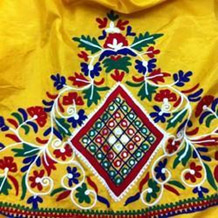

Ringaal basketry is a famous handicraft in Uttarakhand's Kumaon and Garhwal districts. The basketry uses Ringaal bamboo, a dwarf bamboo native to the Himalayan area. The trade is renowned for its complex weaving skills and flexibility in producing household and agricultural goods. Ringaal bamboo has an ideal balance of strength and flexibility for basket weaving. The bamboo is then split into thin, consistent strips using a knife or traditional splitting instrument. The width of the strips depends on the basket or object being created. To accommodate current tastes, artisans are adopting contemporary styles and patterns. This includes combining classic methods with modern trends to generate unique items.
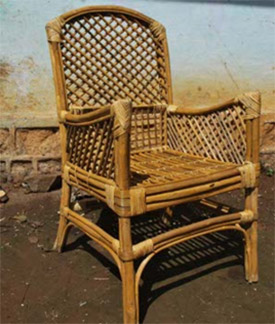
Lantana furniture is a unique and environmentally friendly craft from Uttarakhand using the invasive Lantana Camara plant to make many furniture and ornamental things. This approach not only helps to control the spread of an invasive species but also offers a sustainable income for local artists. Lantana wood is strong and durable, making it ideal for furniture building. The flexibility of the stems enables craftspeople to create complex motifs and forms. Lantana plants are gathered from forests and other places where they have grown uncontrollably. Chairs and stools come in various designs, from plain and useful to ornate and artistic.
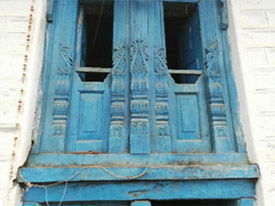
Likhai, also known as Uttarakhand wood carving, is a traditional skill that includes elaborate carving and engraving on wood. This art style has strong cultural origins in Uttarakhand, demonstrating the region's rich past and workmanship. Traditional entrance doors were fully hand-carved. Traditionally, carving on the entrance door served as a status sign. Likhai has been practised for generations in Uttarakhand, particularly in the Kumaon and Garhwal districts. Uttarakhand's traditional doors are recognised by their unusual blue colour. Blue symbolises intelligence, tranquillity, stability, and spiritual or therapeutic qualities. Beautiful wood carvings may be seen at Almora, Pithoragrah, Champawat, Bageshwar, Kumaun, and Chamoli.
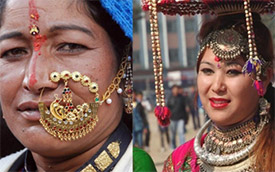
Uttarakhand has a rich tradition of jewellery-making, shown by the beautiful ornaments worn by ladies in the Garhwal, Kumaon, and Jaunsar-Bawar districts. The state has a rich tradition of jewellery making, in the Kumaon, Garhwal, and Jaunsar-Bawar regions. Nathuli nose rings come in a variety of forms, ranging from basic rings to detailed danglers. It's frequently seen as an auspicious emblem for married ladies. Galobandh is a stunning necklace made of gold, silver, or beads. Designs might be simple geometric patterns or elaborate floral themes. The Hansuli (Khagwali in Garhwali) is a traditional neckpiece that ladies wear in Uttarakhand. Bulaq, typically worn in the Jaunsar-Bawar area, is an ornamental item hanging from the nostrils that is frequently made of silver.
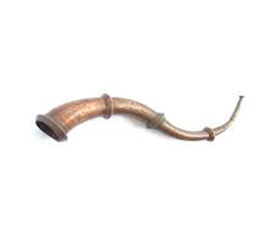
Uttarakhand is home to a variety of musical instruments, each having specific purposes, from folk performances to religious rites. These instruments are more than simply musical instruments and are deeply rooted in the state's culture, supporting different rituals, festivals, and social events. Dhol is a double-headed drum made of wood and animal hide. The Algoza (originally from Sindh) is a double-reed instrument similar to a small clarinet, with a high-pitched and reedy sound found in the Jaunsar-Bawar region. It is used in folk music and is often accompanied by the Dhol. Ransingha is a huge curved metal horn with a deep and magnificent sound played in both India and Nepal. It was once used for communication and announcements, but it is currently mostly used for cultural performances.
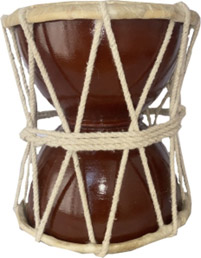
The Hudka is a small, hourglass-shaped drum made of wood (mango or deodar) and animal leather (goat or sheep) from Kumaon. It is known for its deep, booming sound, providing a rhythmic foundation for Uttarakhand's flourishing folk music culture. The musician, known as a Hudkiya, holds the instrument in one hand while pounding the drumhead with the beater in the other. The Hudka serves as the basis for the deep lyrics of Kumaoni ballads and the energising beats of Garhwali dancing music.